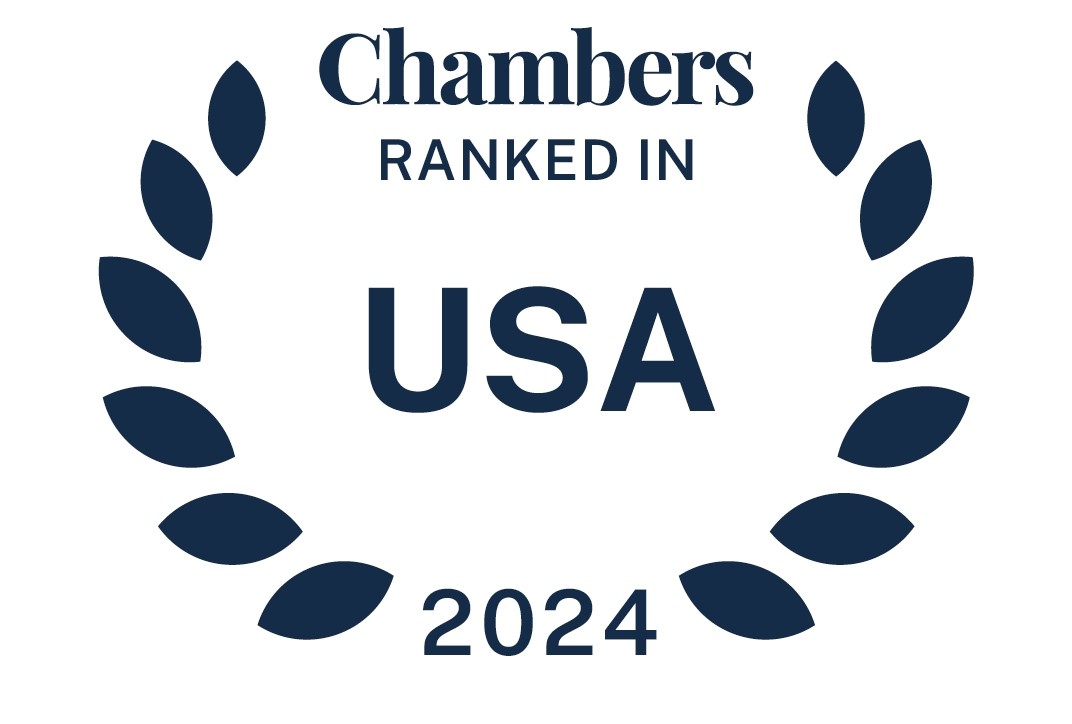In this edition of Health Policy Breakroom, Sarah Raaii and Rachel Stauffer join Julia Grabo to explore a crucial virtual care provision from the recently enacted One Big Beautiful Bill Act, exploring its effects on patients, employers, and the broader landscape of virtual care policy.
read more


 Subscribe
Subscribe




